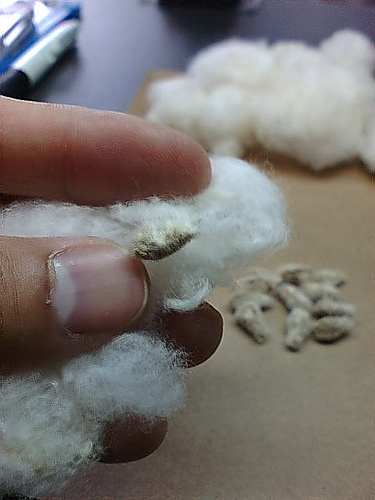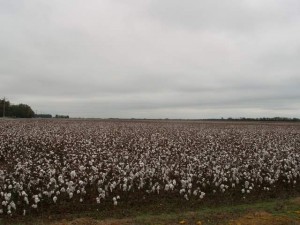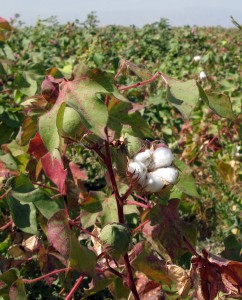I’m a public sector plant biologist. Your tax dollars at work for better or worse. But even I have had similar encounters to the one Janice so accurately describes in this post I was pointed to on twitter*:
I asked what she does and she says mostly volunteer work now. She asks me and I reply that I work in the cotton business for a company that improves seeds… its Monsanto & the seeds are called Deltapine.
There was an audible gasp, and her eyes opened so much it startled me. She said “Monsanto is evil.” This is where the stress came in. I have read this before, but the fact that I was hearing it today since I’d been making a lot of effort to stay positive seemed like a test. Really. And to have the person, who I’ve pleasantly visited with for five minutes, looking right at me like I’m evil,having just said that heard I am part of Monsanto. It was certainly a test…a test of the Janice-response system.
Seriously, how often do you call someone evil & mean it? She was dead serious.
But the moral of this post isn’t that it sucks to be a plant biologist, it’s that, as painful as it is to have someone look to in the face, and call you evil, there’s still the chance for engagement. At this point I probably would have either changed the subject or put in my iPhone earbuds and hoped the flight would be over soon, but Janice didn’t get mad, didn’t drop the subject, and it sounds like she actually managed to get the other woman to reconsider her categorical opposition to biotechnology. I highly recommend reading her whole post.
*Thanks @MikeHowie and @cornguy


